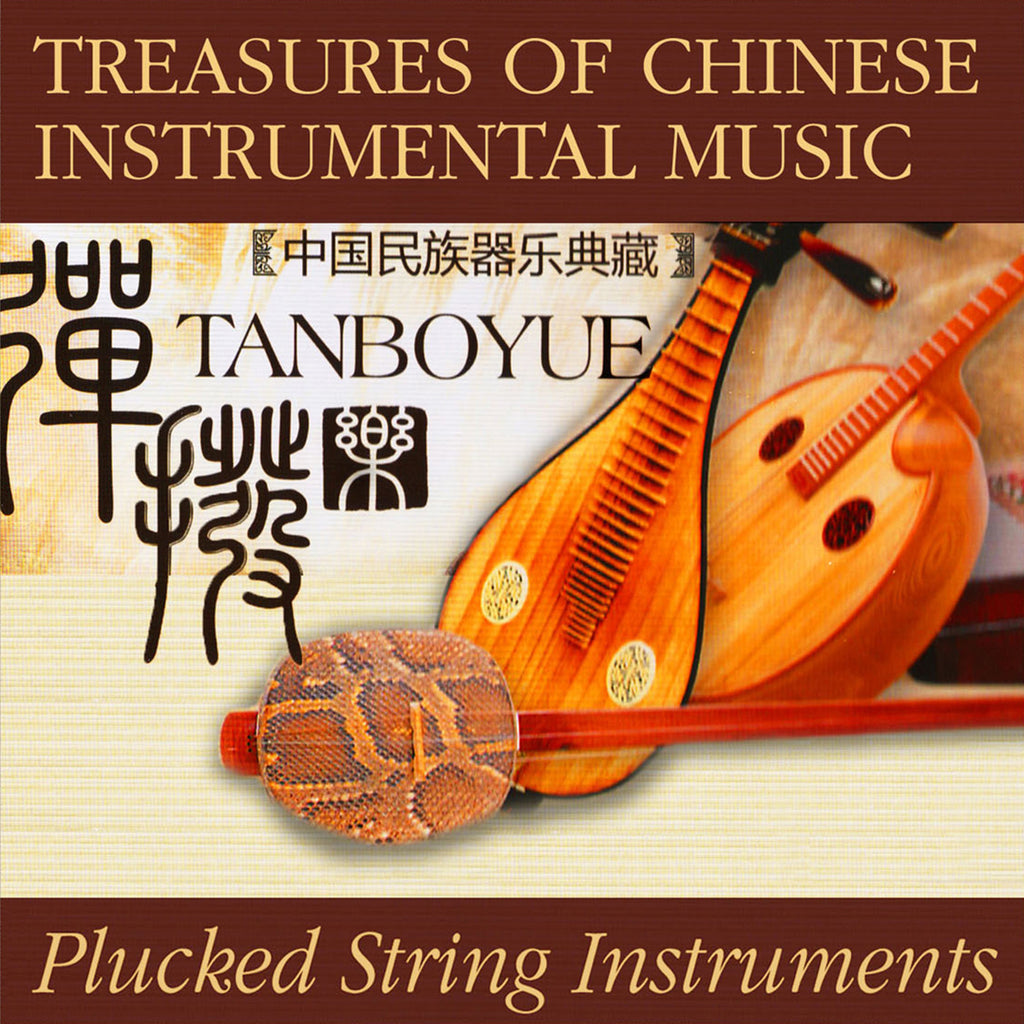
Plucked String Instruments (Various Artists)
Release Date : September 11, 2012
Catalog : 73195-2
Format : Digital Download (AAC, Mp3)
Treasures of Chinese Instrumental Music is a carefully curated collection that highlights the finest recordings of traditional Chinese instrumental music, spanning from ancient times to the present. This remarkable compilation features rare and previously unreleased performances, including solo, duet, ensemble, and orchestral works by esteemed musicians.
Chinese plucked string instruments have a rich history and distinct sounds. Some of the most well-known ones include:
1. Pipa
2. Guzheng
3. Ruan
4. Sanxian
5. Liuqin
6. Yangqin
| T R A C K S |
VOLUME 1
01. Su Wu Tending Sheep
02. Fifth Brother To Graze Sheep
03. Song Of The Border
04. Misery Of Lady Zhaojun
05. Beautiful Taxkorgan
06. Waving Dance Of Tujia Tribe
07. Mountain Red
08. Canal Of Happiness
09. Spring Comes To Yi River
10. Bizika Festivity (Dance Of Tujia)
11. Sword
12. Watch The Sunrise In Taishan
VOLUME 2
01. All Happiness
02. Old Eight Phrases
03. Ospreys Sporting With Water
04. Waves Washing The Beach
05. Sorrow In The Changmen Palace
06. Beneath The Silvery Moonlight
07. Descending Curtain
08. The Hungry Horse Ringing The Bell
09. Autumn Missing
10. Sleeping Lotus
11. Camel Bells Along The Silk Road
12. Fisherman Song Of The SongHua River
13. Farewell At Yangguan
| C R E D I T S |
Executive Producer : Eiichi Naito
Artists + Repertoire, Remastering : Dino Malito






